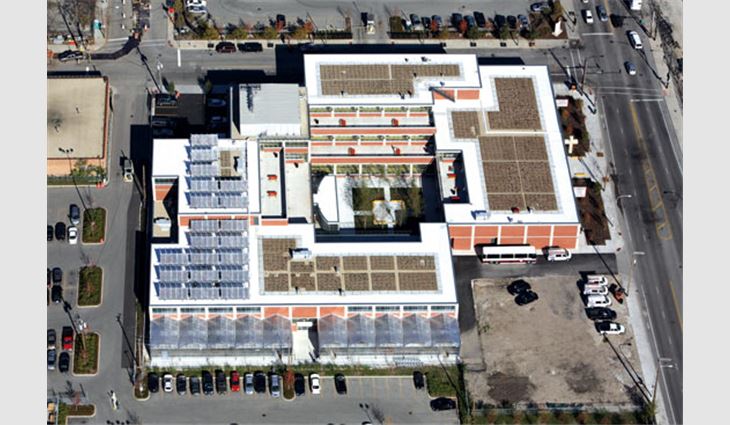 Photo courtesy of W.P. Hickman Systems Inc., Solon, Ohio
Photo courtesy of W.P. Hickman Systems Inc., Solon, Ohio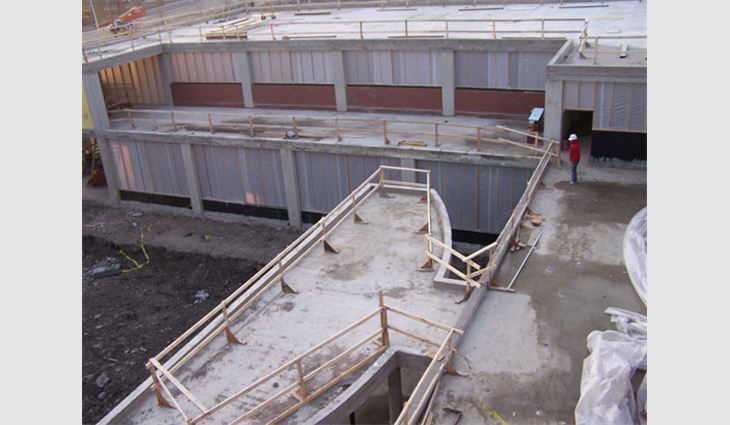 Photo courtesy of W.P. Hickman Systems Inc., Solon, Ohio
Photo courtesy of W.P. Hickman Systems Inc., Solon, Ohio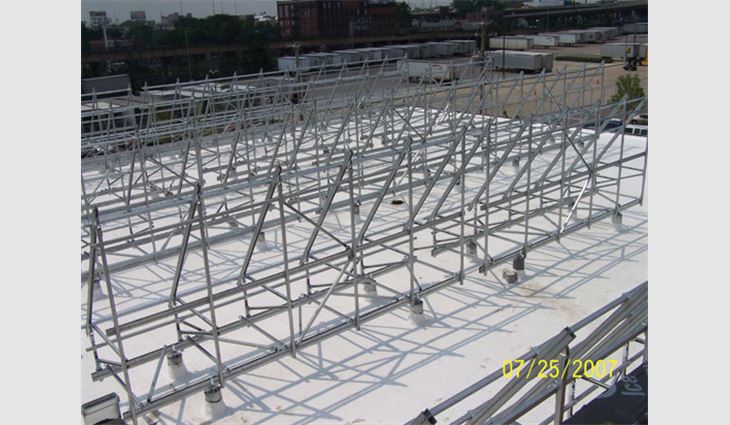 Photo courtesy of W.P. Hickman Systems Inc., Solon, Ohio
Photo courtesy of W.P. Hickman Systems Inc., Solon, Ohio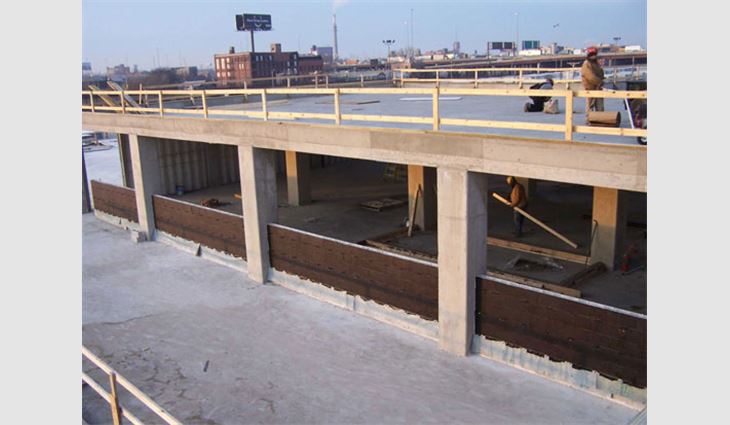 Photo courtesy of W.P. Hickman Systems Inc., Solon, Ohio
Photo courtesy of W.P. Hickman Systems Inc., Solon, Ohio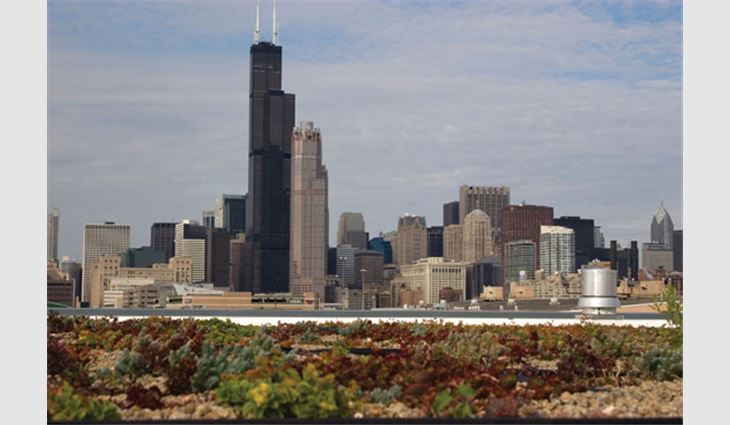 Photo courtesy of W.P. Hickman Systems Inc., Solon, Ohio
Photo courtesy of W.P. Hickman Systems Inc., Solon, Ohio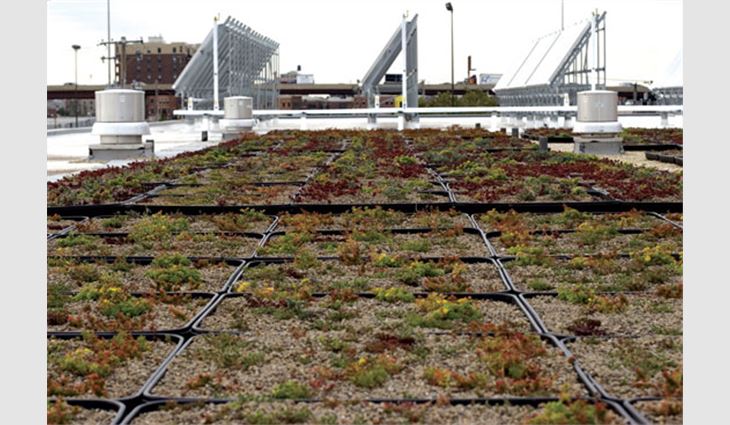 Photo courtesy of W.P. Hickman Systems Inc., Solon, Ohio
Photo courtesy of W.P. Hickman Systems Inc., Solon, Ohio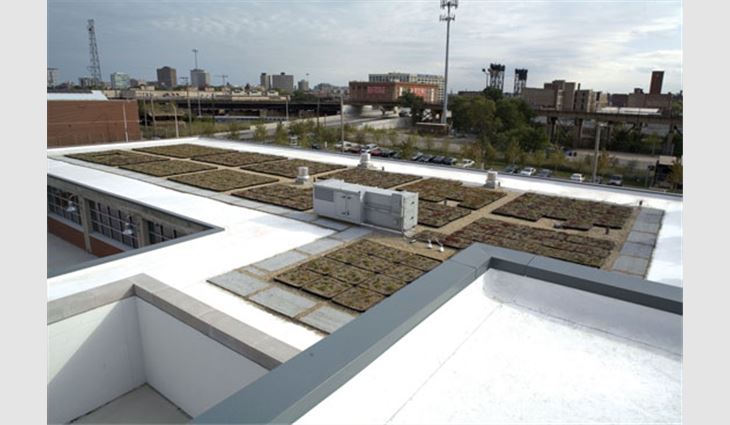 Photo courtesy of W.P. Hickman Systems Inc., Solon, Ohio
Photo courtesy of W.P. Hickman Systems Inc., Solon, OhioPacific Garden Mission, which is located in Chicago's South Loop, is the nation's oldest continuously operating homeless shelter. Founded in 1877, "The Old Lighthouse," as the shelter has been nicknamed, houses up to 1,000 people per night and serves 180,000 meals each month.
During the past few years, the shelter has received pressure from the city to relocate because of gentrification in the neighborhood. In December 2004, Pacific Garden Mission and the city selected a nearby location for the new facility.
"I was contacted by Walsh Construction, Chicago, the general contractor, and asked to bid on the project when it was in its developmental stage," says Jim Cronin Jr., estimator for Trinity Roofing Service Inc., Blue Island, Ill.
Trinity Roofing Service eventually was awarded the contract for Pacific Garden Mission's roof system. Groundbreaking for the facility took place in November 2005, and Trinity Roofing Service began work on the building's roof system in December 2006.
Meeting goals
The mission's owner, David Fuller, had some goals for the roof system, including staying within a limited budget. Additionally, Fuller wanted the roof system to achieve silver certification from the Leadership in Energy and Environmental Design (LEED) Green Building Rating System.™
Tom Retych, product manager for Solon, Ohio-based W.P. Hickman Systems Inc., heard about the project on a Cleveland radio station.
"The original specifications included two possible roof systems: a black EPDM roof or a two-ply polymer-modified bitumen membrane," says Retych. "Both roof types could have met LEED requirements through the application of white coating, but they would have required long-term maintenance."
W.P. Hickman Systems recommended its Cool Roof System as a more durable and sustainable option that would satisfy the reflective properties, multiple redundancy and budget requirements Fuller had specified, and Fuller decided to have the Cool Roof System installed.
An oasis
Trinity Roofing Service installed multiple plies of filler-free HK Glass Ply over the 59,000-square-foot roof's concrete deck. The sheets were installed with high-elongation BUR Plus 101 Asphalt.
Asphalt flashing base ply felt then was installed, and a cap sheet was broomed into the asphalt and then rolled to ensure proper adhesion. All cap sheet seams were hot-air welded.
Next, Trinity Roofing Service installed an HK5001 DuPont™ Elvaloy®-modified white PVC fleece-backed surface membrane over the built-up roof assembly. About 16,100 square feet received gravel surfacing and GreenGrid® vegetative roof modules.
"The HK5001 membrane provided the solar reflectivity and emissivity necessary to support the mission's goal of achieving LEED certification," Retych says. "This reflective white membrane was used to frame the large vegetative areas of the roof and defend against solar heat buildup. The gravel surfacing was used to protect the roof from ultraviolet damage and physical damage underneath and between the vegetative grids, which created secure walkways for those tending the roof's vegetation."
Additionally, Trinity Roofing Service flashed photothermal panel supports on the mission's roof for 100 solar panels donated by the city.
"In addition to its environmental and economical benefits, the roof will provide an aesthetically pleasing oasis in its urban surroundings," Retych says.
Special considerations
Trinity Roofing Service experienced some problems getting materials on the mission's roof.
"There were restrictions on the building's west side because of a neighbor's driveway," Cronin says. "Some layout and installation work had to be performed on the building's east side. We had to hoist the materials on the east side and then bring them all over to the west side of the roof to install them instead of hoisting them directly to the west side."
The multiple trades working at the job site also presented a challenge.
"At the beginning of the project, there was plenty of room for us to perform work," Cronin says. "As the job progressed, areas became more restricted as more work was being performed.
"Scheduling of deliveries also became critical because of the multiple trades working on the site," Cronin continues. "The general contractor made it a point during our weekly meetings that everyone know and strictly follow their delivery schedules and be aware of others' schedules."
During its work on Pacific Garden Mission, Trinity Roofing Service employed some safety precautions.
"We used a perimeter warning system because there was a low-parapet wall and the roof was multileveled," Cronin says. "All our workers have been trained in first aid and have taken NRCA's Roofing Safety: Occupational Health and Safety 10-hour Program. There were no injuries during the course of the job."
Integral roles
Work on Pacific Garden Mission was completed in September 2007, and a building dedication ceremony was held Oct. 13, 2007.
"It was a tough job," Cronin says. "It just got tougher as it went along, probably because of the schedule more than anything else."
But completing work on the mission proved to be satisfying.
"Providing Pacific Garden Mission with a highly sustainable roof system packed with performance and value was rewarding," Retych says. "The mission's green roof is an efficient ecological system providing energy savings and a significant reduction in stormwater runoff. Demands on the city's aging stormwater management system also are lessened by the plantings and soil media."
W.P. Hickman Systems received recognition for designing the roof system; it won NRCA's SpecRight Excellence in Design Award, which annually recognizes those who design long-lasting, energy-efficient, environmentally friendly roof systems according to accepted industry practices. The award was presented during NRCA's 121st Annual Convention in Las Vegas Feb. 19-23. W.P. Hickman Systems donated its $2,500 winnings to the mission.
Ashley St. John is Professional Roofing's associate editor.
Project name: Pacific Garden Mission
Project location: Chicago
Project duration: December 2006-September 2007
Roof system type: Solar reflective membrane with vegetative grids over a built-up roof membrane
Roofing contractor: Trinity Roofing Service Inc., Blue Island, Ill.
Roofing manufacturer: W.P. Hickman Systems Inc., Solon, Ohio
COMMENTS
Be the first to comment. Please log in to leave a comment.